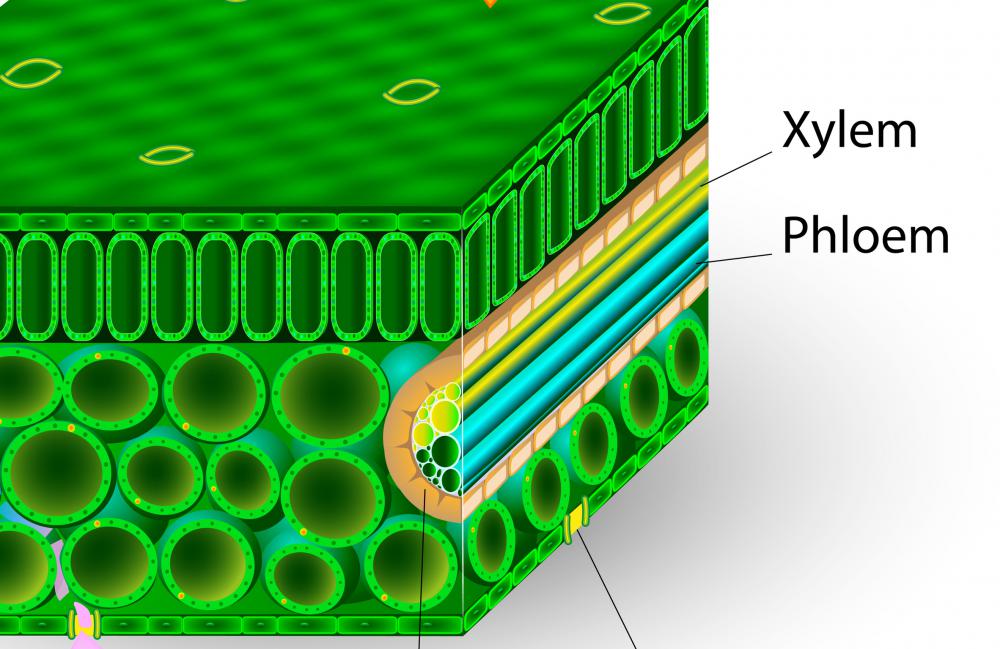At WiseGEEK, we're committed to delivering accurate, trustworthy information. Our expert-authored content is rigorously fact-checked and sourced from credible authorities. Discover how we uphold the highest standards in providing you with reliable knowledge.
What are Some Devonian Organisms?
The Devonian period is a geologic period that extends from approximately 416 to 359 million years ago, for a total duration of 57 million years, slightly longer than average for a geologic division. Part of the longer Paleozoic era, the Devonian was preceded by the Silurian and followed by the Carboniferous. Its start is defined as the appearance of graptolite fossils called Monograptus uniformis. Graptolites were colonial marine worms related to modern-day acorn worms. The end of the Devonian is defined as the appearance of the conodont (eel-like vertebrate) Siphonodella sulcata.
The Devonian period was characterized by deep seas inhabited by increasingly diversifying fish species. For this reason, the Devonian is often called "The Age of Fishes." Many fish families evolved during this period, including the ancestors of modern bony fish, class Osteichthyes.

The most primitive jawless fishes, the ostracoderms, had died out during the early Devonian. The earliest jawed fish, the acanthodians, also called spiny sharks (though they looked more like fish than modern sharks) appeared in the late Silurian/early Devonian and went on to be one of the most abundant freshwater fish species for the rest of the Paleozoic. These "spiny sharks" were the first known jawed vertebrates, and are known for rigid spines extending from their vertebrae to support numerous fins, sometimes as many as eight. Some spiny shark species even had tiny spines all over their body. This class of fishes predate modern sharks by about 50 million years. Both acanthodians and early sharks had cartilaginous skeletons.
Another fascinating group of fishes that lived during the Devonian were the placoderms, fish with heavily armored heads and no modern-day analogues. Placoderms were the dominant vertebrate group during the Devonian period, growing larger than other groups of fish. Placoderms were a relatively short lived (~50 million year) group sometimes considered "an early experiment in jawed fish." Unlike all other jawed vertebrates, placoderms lacked true teeth. Their "teeth" were instead just self-sharpening extensions of their jawbones. The largest known placoderm, Dunkleosteus, reached lengths of 6 m (20 ft), is considered among the first vertebrate superpredators.
The full-swing colonization of the land by plants and animals occurred throughout the Devonian. Vascular plants had appeared for the first time in the late Silurian, accompanied by primitive land arthropods and other invertebrates like mollusks. Vascular plants allowed for the first true forests and soils, a stark contrast to the tiny moss and liverwort "forests" of the Silurian. Near the very end of the Devonian, lobe-finned fish began to evolve tentative legs, first using them to navigate swamps, then to travel on land. In just 57 million years, the land had gone from being nearly completely barren to something starting to resemble the present-day world.
AS FEATURED ON:
AS FEATURED ON:











Discuss this Article
Post your comments